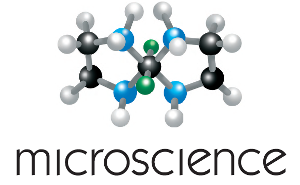Buying a microscope
..can be a little bewildering as there are so many options available. Here we give a quick and simple guide to buying a Biological (or “compound”) microscope.
Shoud I get a microscope with LED illumination?
The answer is simple. Yes. This is the best type of light currently available for microscopy. It is bright, white, efficient and long-lasting.
Should I get a binocular or trinocular microscope?
If you can afford it, we would always recommend a trinocular. It gives you so much flexibility for adding cameras and doesn’t add much to the purchase cost. It is always more expensive or difficult to add a camera attachment at a later date (by replacing the microscope head or using a camera adapter on the eypiece)
What is an oil-immersion objective?
With standard objective lenses, there is an air gap between the specimen and lens. In simple terms, when light crosses this gap some of it is lost from the light path. With very high-magnifications, such as x100, a drop of oil can be added to the top of the cover slip and this bridges the gap between specimen and lens meaning more light is transmitted through the microcope, giving a better image.
I am confused re: Kohler illumination.
Kohler illumination is exactly the same as standard illumination but you have an additional iris (or diaphragm)on the LED light source at the base. To begin with, you could just leave this fully open and use it like a standard microscope.
When you have a bit more experience, you can adjust the field and condenser iris to allow the light to travel in parallel lines, which means there is less stray light scattering around and the image has better contrast. Better contrast gives you a nicer image with more detail. It is easy to do routinely once set up corrrectly.
I am a mycologist – should I get an additional x60 objective?
Yes, although this is easy to upgrade later. Most routine mycology and spore measurement can be done with a x60 (without having to use oil immersion). The x100 oil immersion lens can then be used to view details such as spore ornamentation.
Please contact us if you have any other questions – we are always happy to help!
